As Catholic cardinals convene in Vatican City this week, the age-old procedure of
selecting the next pope
is set to begin.
Following the death of
Pope Francis
on April 21 at age 88, the College of Cardinals is beginning the process of selecting his successor. The process,
known as the conclave
, is one of the most secretive elections in the world, cloistered inside the Sistine Chapel under intense procedural rules designed to preserve the sanctity and security of the decision.
Voting begins on May 7 following an opening mass and formal procession into the Sistine Chapel. From that moment on, the cardinal electors are cut off entirely from the outside world.
Electronic communications, including phone signals, will be disabled beginning at 3 p.m. local time to prevent any unauthorized contact or surveillance, according to the Italian news agency ANSA.
How Does the Papal Conclave Work?
Only cardinals under the age of 80 are eligible to vote. This year, 133 cardinals are expected to participate, despite a formal cap of 120. While it is technically possible for any baptized Catholic male to be elected pope, the role has been filled exclusively by cardinals since the 14th century.
Each voting session involves cardinals writing a name on a ballot, folding it and depositing it into a designated urn. Votes are tallied and verified by scrutineers. The results of each vote are then burned in a stove inside the Sistine Chapel.
In the absence of an agreement, substances are introduced to the flames with papers to create black smoke. Conversely, white smoke indicates that a new pope has been chosen and has accepted their role.
“There’s a lot of confusion,” Ignatius Suharyo Hardjoatmodjo, the archbishop of Jakarta, said on Monday after listening to speeches from 50 cardinals. “We have heard many voices. It’s not easy to draw conclusions.”
The chapel undergoes an inspection for electronic equipment, and jamming devices are set up to stop any potential information leaks. Every participant, along with support personnel like electricians and elevator attendants, takes an oath of confidentiality and stays isolated within the Vatican walls, having no communication with their loved ones until the conclave concludes.
How Long Can the Conclave Extend?
The length of a conclave can vary widely; some historical elections from past centuries extended over several months—even spanning years. The most prolonged election ever recorded occurred after the passing of Pope Clement IV in 1268, continuing for nearly three years until finally concluding in 1271. This lengthy process prompted Pope Gregory X to introduce more stringent guidelines governing conclaves in 1274.
Today, conclaves typically last just a few days. In 2013, Francis was selected on the fifth vote. Prior to this, Pope Benedict XVI had been picked on the fourth attempt back in 2005. The balloting goes on until someone achieves a supermajority of two-thirds plus one. After every set of three ballots without an election, a break lasting as long as one full day can be taken for contemplation and conversation before restarting the process.
When Will We Realize That a New Pope Has Been Selected?
The announcement of the election outcome occurs via two methods: smoke and bells. When ballot papers are burned, they produce smoke that travels up a specially designed chimney above the Sistine Chapel. Dark smoke indicates an unresolved vote, whereas white smoke, augmented with a specific chemical compound, signifies a successful election conclusion.
The Vatican firefighters set up the chimney on May 2 as part of their preparations. Besides this visible signal, bells at St. Peter’s Basilica sound to indicate when a new pope has been chosen. After the newly elected pontiff agrees to take office and picks a papal name, they appear on the balcony overlooking St. Peter’s Square for their inaugural address.
How Concealed Is the Procedure?
Secrecy lies at the core of the conclave process. The cardinals have to hand over every electronic device they possess, and the Sistine Chapel undergoes complete isolation. Devices that block signals are used, and telephone services around the chapel are suspended.
Reports indicate that security measures have been enhanced around St. Peter’s Square, featuring metal detectors, anti-drone technology, and checkpoints. Personnel working behind-the-scenes on the conclave’s arrangements pledge confidentiality and stay within Vatican City for the duration of the event.
“Their commitment includes taking an oath and serving full-time, residing within the Vatican walls throughout the night, isolated from their family members,” according to a statement released by the Vatican City State Governorate.
Historically, strict regulations have been enforced regarding the types of food permitted within the conclave to prevent any possibility of concealed messaging. The nuns prepare dishes like grilled lamb kebabs, steamed vegetables, and pasta, ensuring they refrain from using any ingredients that might serve as a covert means of conveying information.
What Is the Reason for Calling It a Conclave?
The word
conclave
comes from the Latin
cum clave
meaning “with a key,” referring to the traditional practice of confining cardinals in isolation during a papal election to maintain confidentiality and shield the process from outside interference.
The term came into use following the lengthy papal election from 1268 to 1271, during which disagreements among politicians caused an extended delay in choosing a new Pope lasting nearly three years. In Viterbo, Italy, officials ultimately restricted the movements of the cardinals and even took off the roof of the building where they were staying as part of extreme measures aimed at urging them toward making a choice. After breaking the impasse, Gregory X, who was then elected, established stringent guidelines for future papal elections in 1274. These rules included mandatory seclusion for the cardinals, thus setting up the framework for today’s conclave process.
What Happens Next
As voting commences on May 7, worldwide focus shifts back to the Vatican, anticipating an estimated crowd of over 100,000 people gathering in excitement.
108 out of the 135 eligible cardinals
Appointed by Francis, he might also have an impact on choosing his replacement. Although voting and discussions occur in private, people around the globe will keep their eyes fixed on the chimney, waiting for the telltale puff of white smoke and the declaration, “Habemus Papam.”
Related Articles
- What the Next Pope Could Gain From Francis: Insights From a Muslim Perspective | Commentary
- The Upcoming Pope Must Mend Divisions Within the Catholic Church | Opinion
- Vatican Alters Birth Records for Two African Cardinals Ahead of Conclave
- Could the Next Pope Be American? These Are the Dark-Horse Contenders
Start your unlimited trial

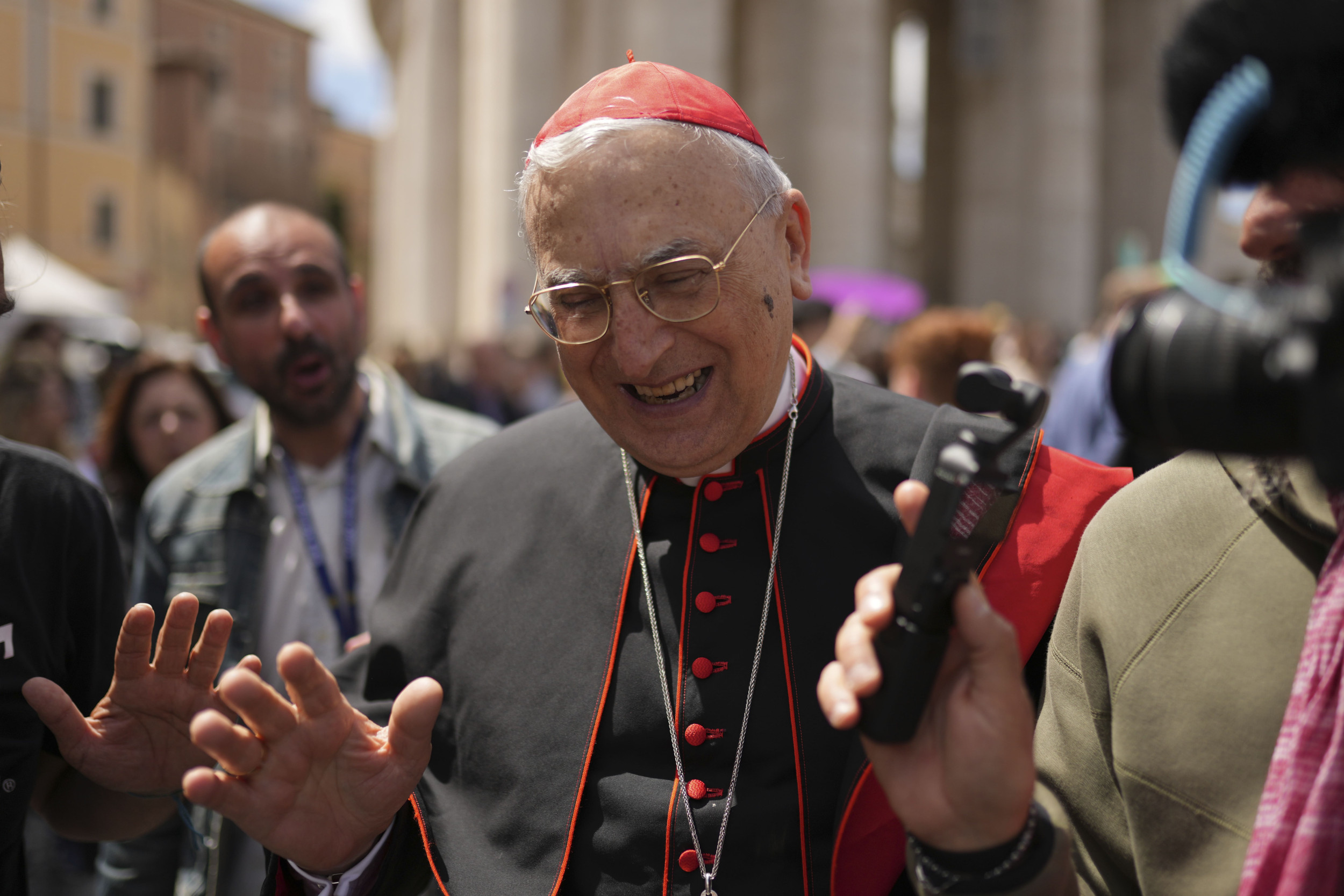
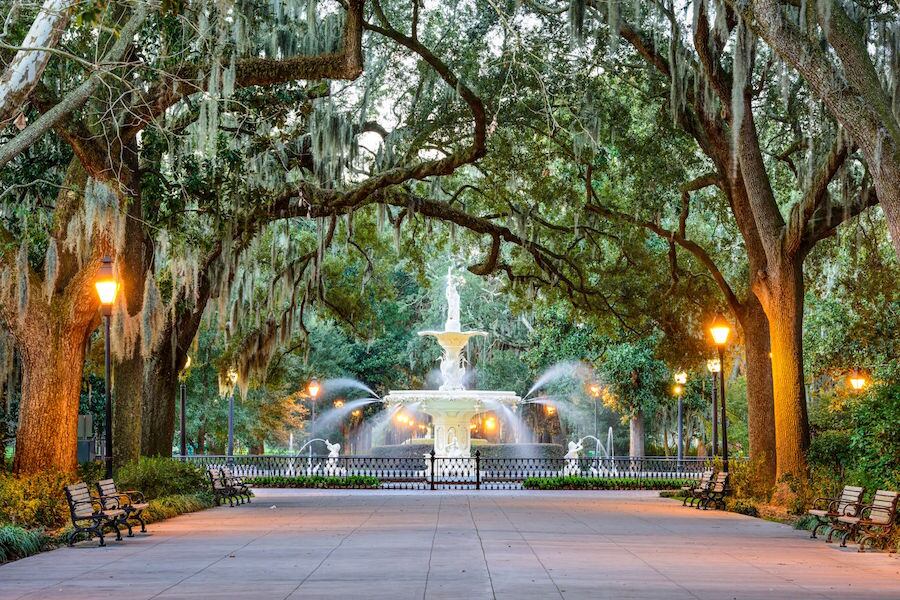
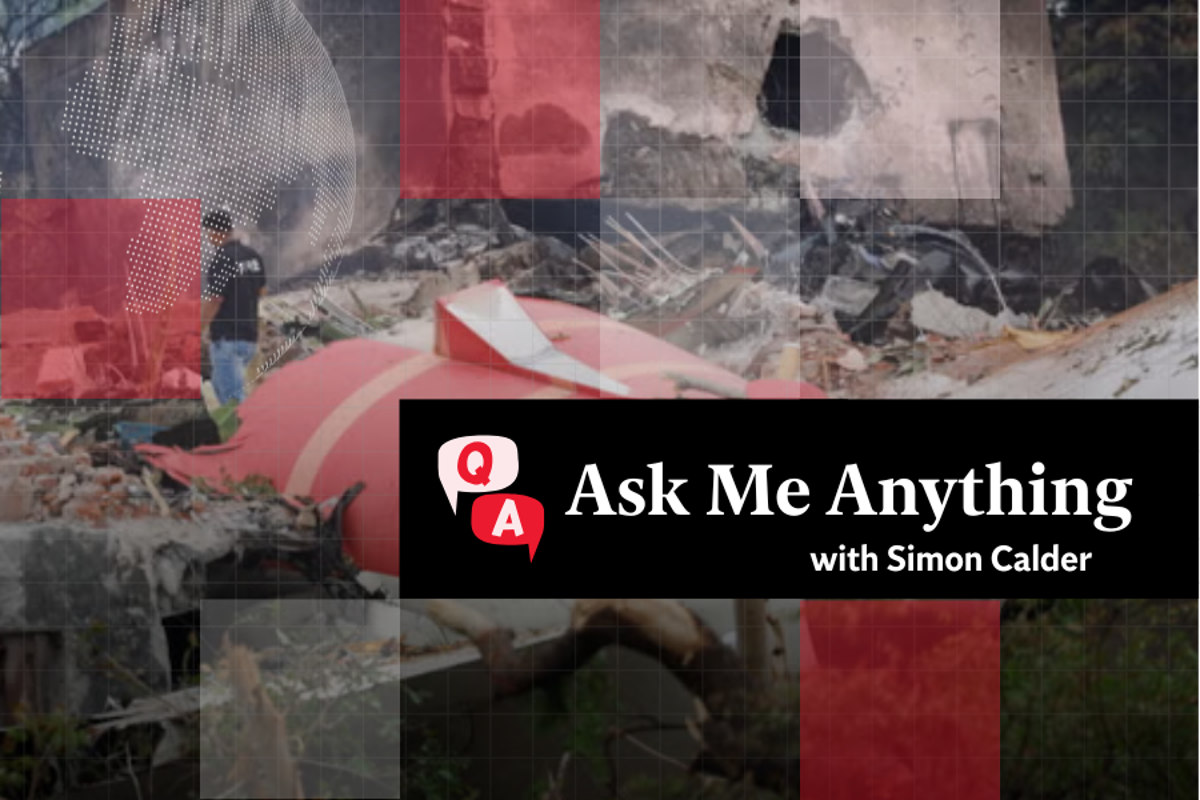
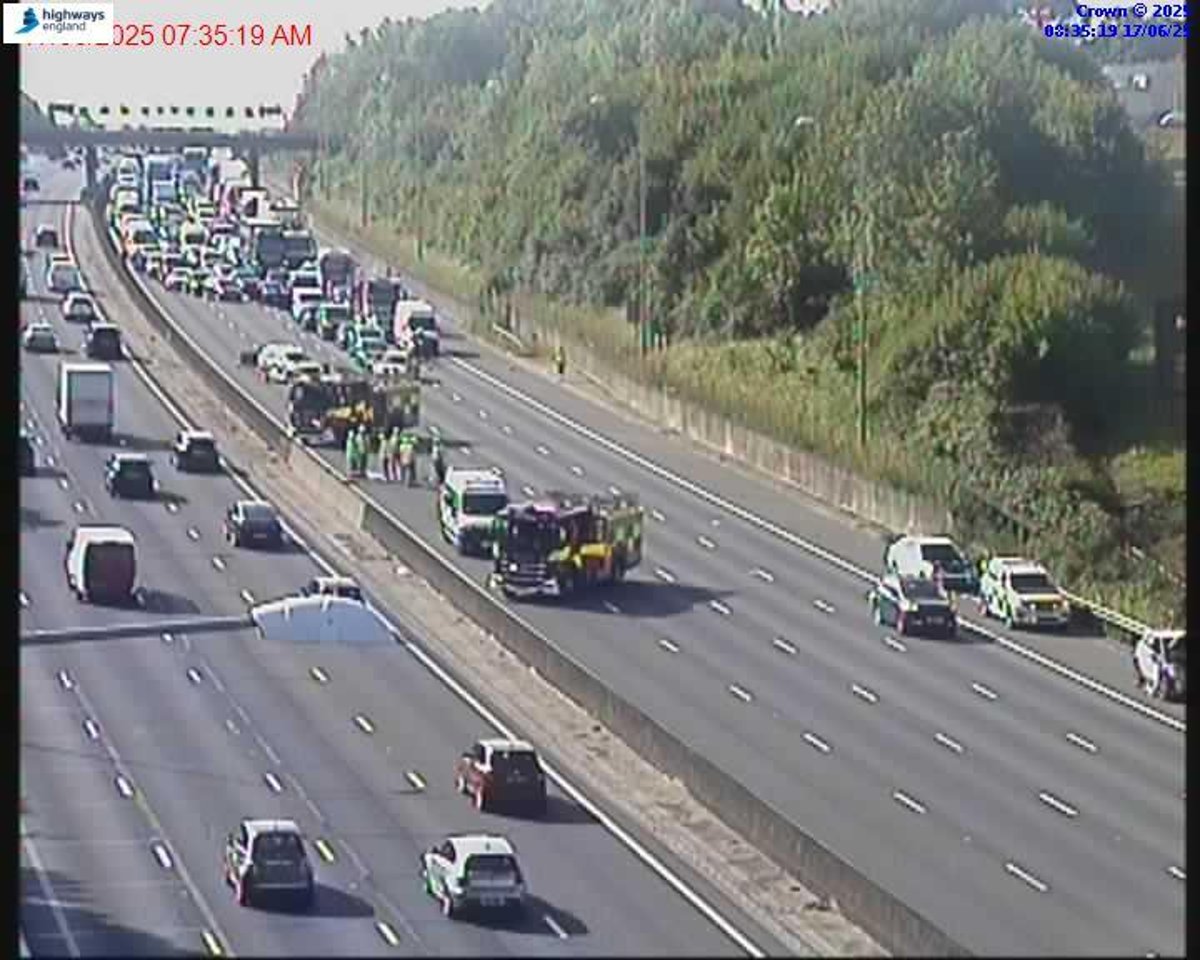
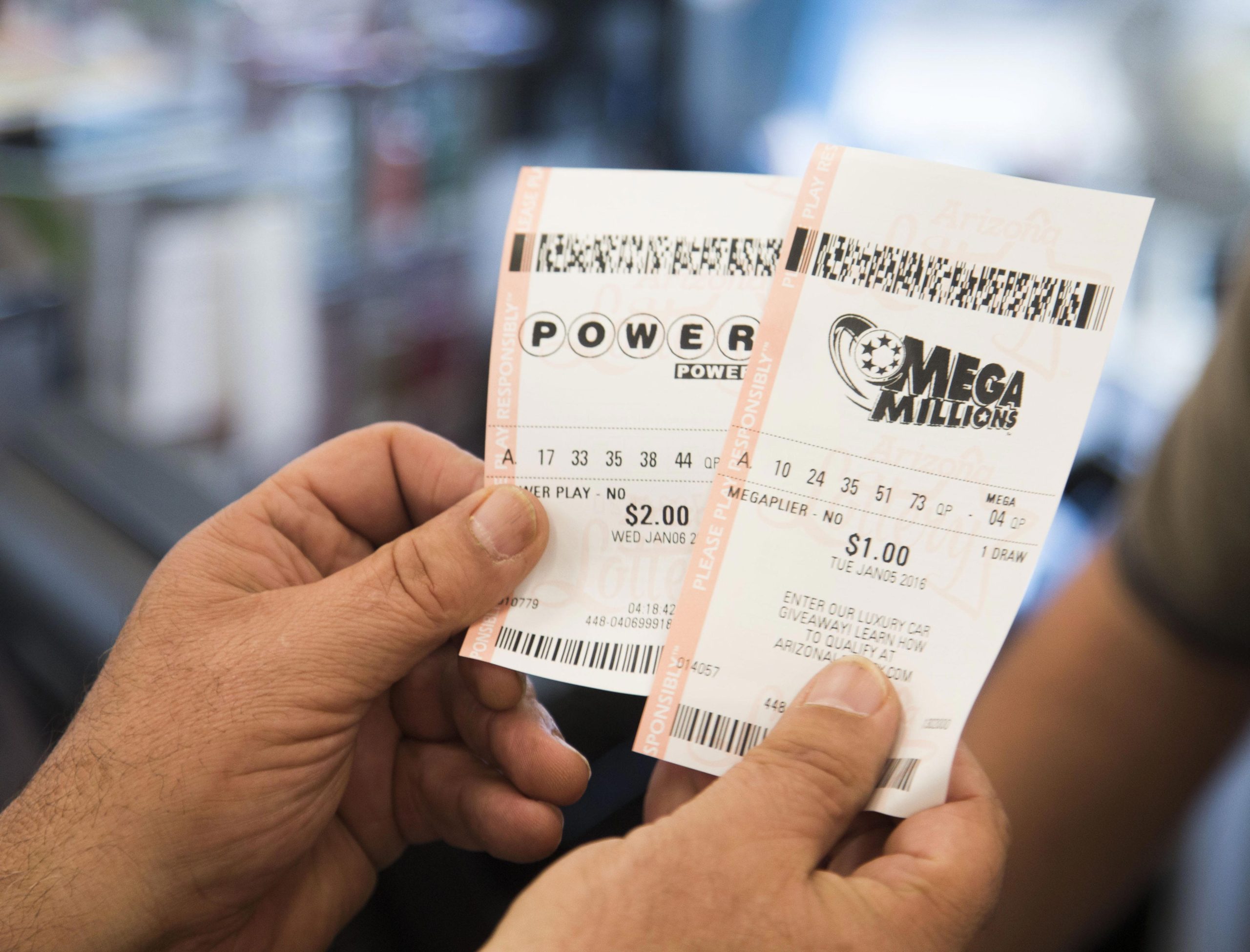
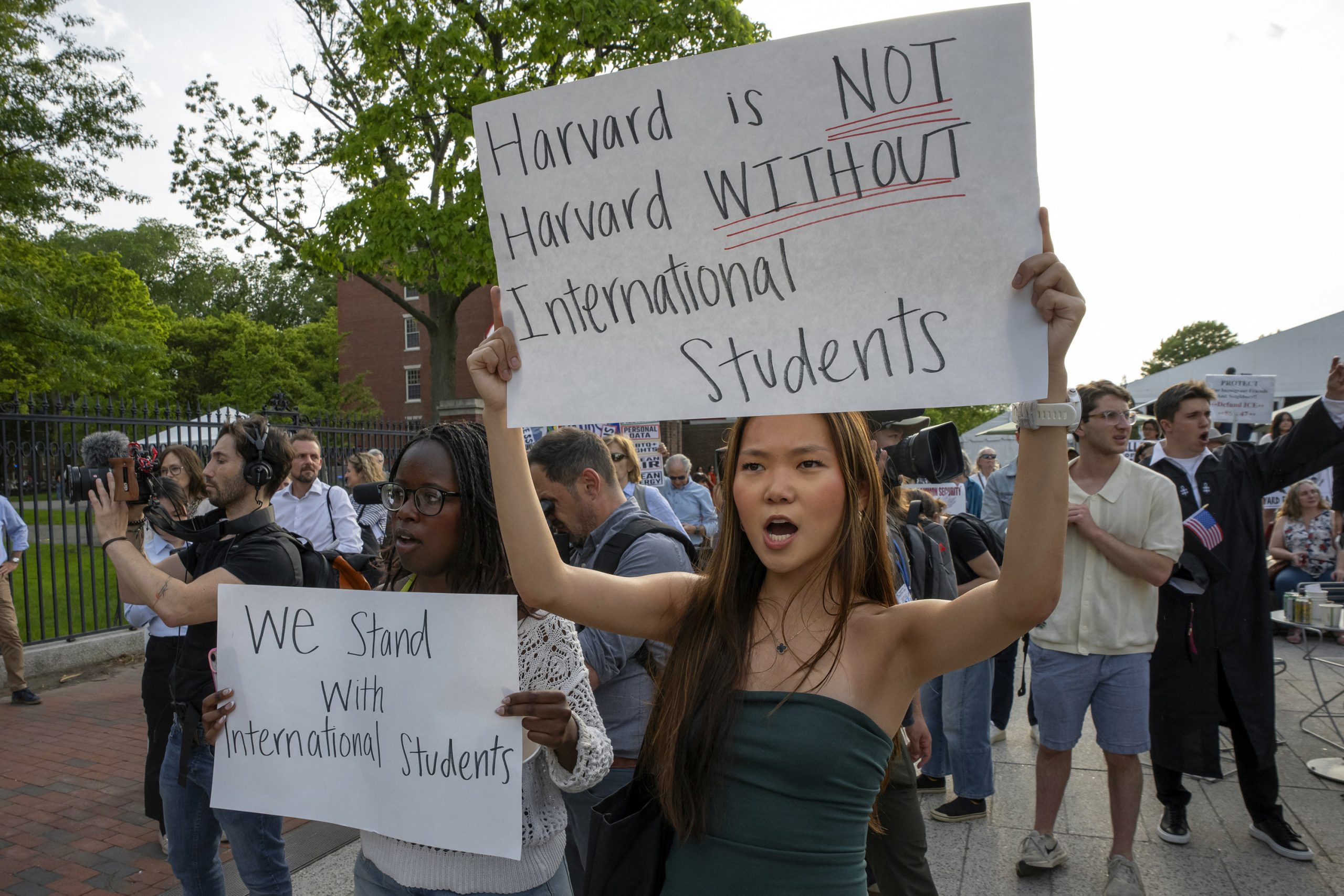


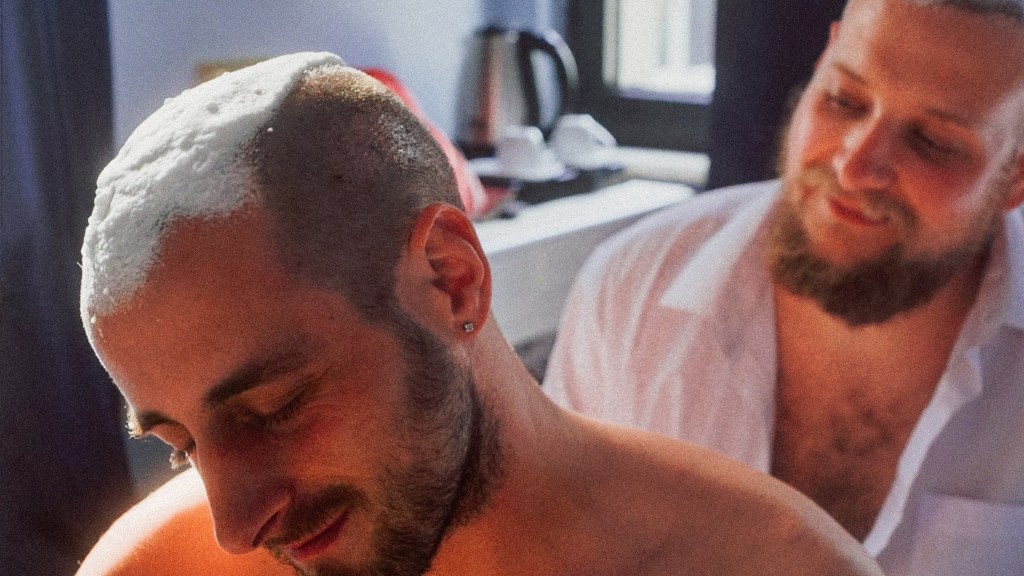

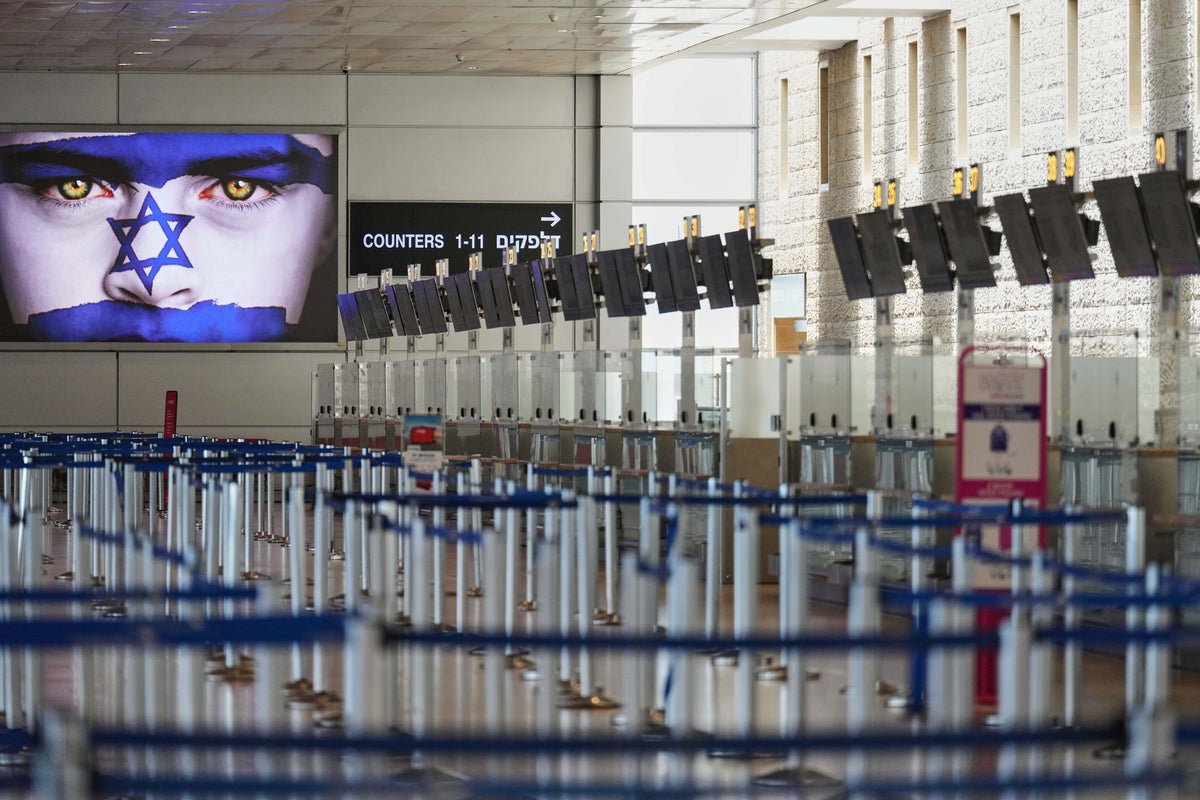
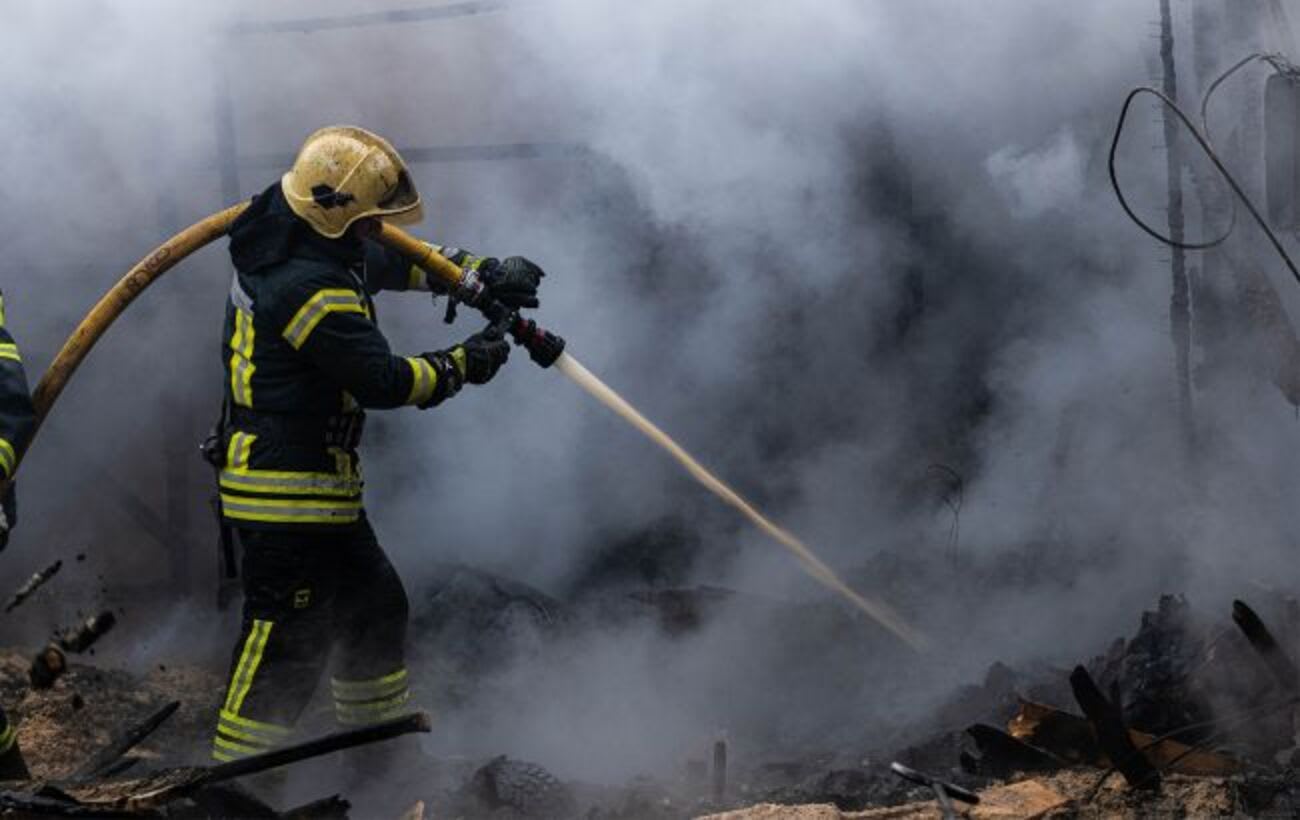


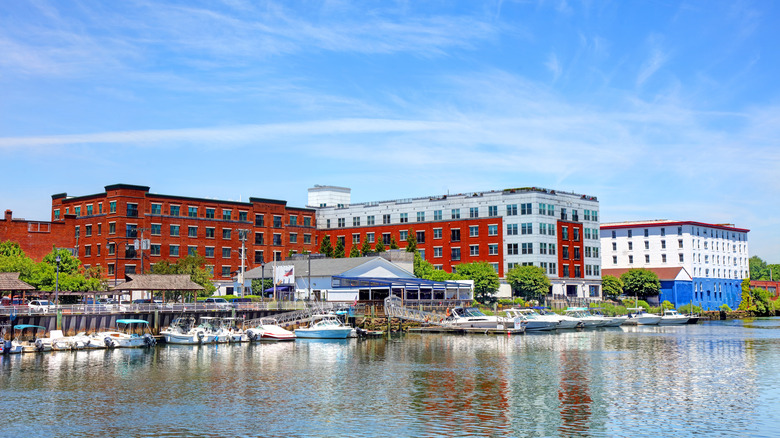


Leave a Reply